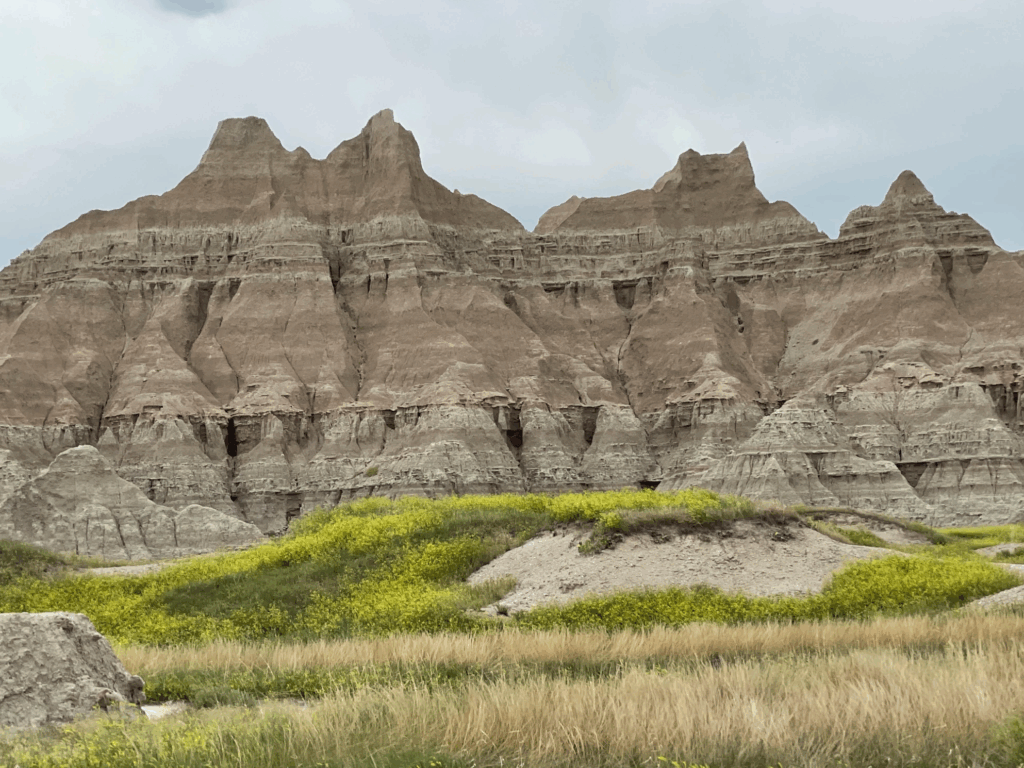
The news is full of stories calling attention to drastic cuts in National Park Service (NPS) staffing. The National Parks Conservation Association (NPCA) estimates that, in the first six months of the Trump administration, the NPS lost 24 percent of its permanent staff – nearly a quarter of the workforce. In addition, data shows that only about 4,500 of the 8,000 NPS seasonal employees pledged by the administration have been hired, leading to staffing shortages at parks across the system.
While the media’s most intense focus has been on the NPS, other public land agencies have suffered similar losses. The U.S. Forest Service has been hit especially hard, as have the Bureau of Land Management and the U.S. Fish and Wildlife Service. Layoffs instigated by the Department of Government Efficiency (DOGE), voluntary deferred resignations, and early retirements have all severely hampered the Forest Service’s wild land firefighting force, leaving 4,500 firefighting jobs (roughly 27% of the force) vacant. A Supreme Court decision in early July has now cleared the way to fire even more Federal employees, so vacancy numbers will only rise in the coming weeks and months.
Recovering from this blow will not be as easy as just hiring more people (assuming federal hiring opens again). Already, the public land agencies have lost decades of irreplaceable knowledge and expertise. To make the situation even worse, many of the fired employees were carefully vetted new hires or staff who had just accepted promotions. As probationary employees, they were especially vulnerable with few job protections. Taking advantage of this loophole, the current administration rid the agencies of its best and the brightest.
The loss of knowledge and expertise was recently brought home to me by the passing of two influential figures in landscape conservation, my field of interest. Hugh Miller served as the chief architect of the National Park Service for 28 years and worked on many iconic restoration projects. He established the Historic American Landscapes Survey (HALS) and initiated the recognition of heritage landscapes. Also lost this year was Christopher “Kit” Muller. During a 38-year career with the Bureau of Land Management, Muller helped establish a system of National Conservation Lands, which now includes over thirty million acres of protected areas. These are just two examples of the kind of talented, and innovative staff that federal land management agencies have attracted over many years. The list could go on and on.
Today, visitors to our parks and public lands will see a few helpful rangers in front facing positions and some hard-working maintenance staff doing the best they can. But do not be fooled. Already, our land management agencies are being hollowed out. The architects, archaeologists, historians, wild biologist and climate scientists that once guided the care of these resources are being forced to leave and will not be replaced. Leadership is being judged on keeping the doors open and telling stories that align with the priorities of the new administration. These precious lands are being treated as Potemkin villages, offering the public a facade behind which dedicated staff struggle to meet not only their agency’s mission, but also ensure the continuance of basic safety and preservation measures. The United States public lands have long been a model of resource stewardship, but this legacy is being erased, leaving a very uncertain future.



3 Responses
The loss of talent is enormous. Plus, there’s a huge disincentive for young people to join the land management agencies now. We are facing four years of huge problems.
I’m particularly concerned by the denigration of public servants by this administration. It contrasts with what I saw last week in the Columbia River Gorge National Scenic Area, where the Burdoin Mountain Fire has been burning since July 18. Over 800 wild land firefighters were on the burn. One morning as shifts changed, I saw a jurisdiction’s fire vehicle pass by with the words “Where Compassion and Action Meet” emblazoned on the side. I was so struck by this, as it felt like what I have always seen good government to represent, and in this present time, it seemed almost revolutionary — as the Trump administration appears to stand for the opposite.
The good thing is that the public is rallying around public lands. The coalition of entities producing extremely effective social media and advocacy campaigns to push back against the proposed sale of federal lands in the Senate version of the big, billionaire bill was impressive, — and effective. So much more to do though.
Thanks for the thoughtful summary of the sad scene. My additional concern is that once this regime is in the rear-view mirror, the replacements for the skilled and dedicated federal staffs in those multiple agencies will simply not have the “collective memory” to run those institutions wisely, even with additional help. That knowledge will have been erased, sent down the “memory hole.”
No one wants to see a government shutdown, but if “leadership is being judged on keeping the doors open,” then a failure to do so might finally get the attention of members of Congress from districts where NPS sites are the lifeblood of the local economy. NPS employees are justifiably proud of their talent for doing more with less, but in this circumstance their challenge is learning how to do less with less without getting fired.